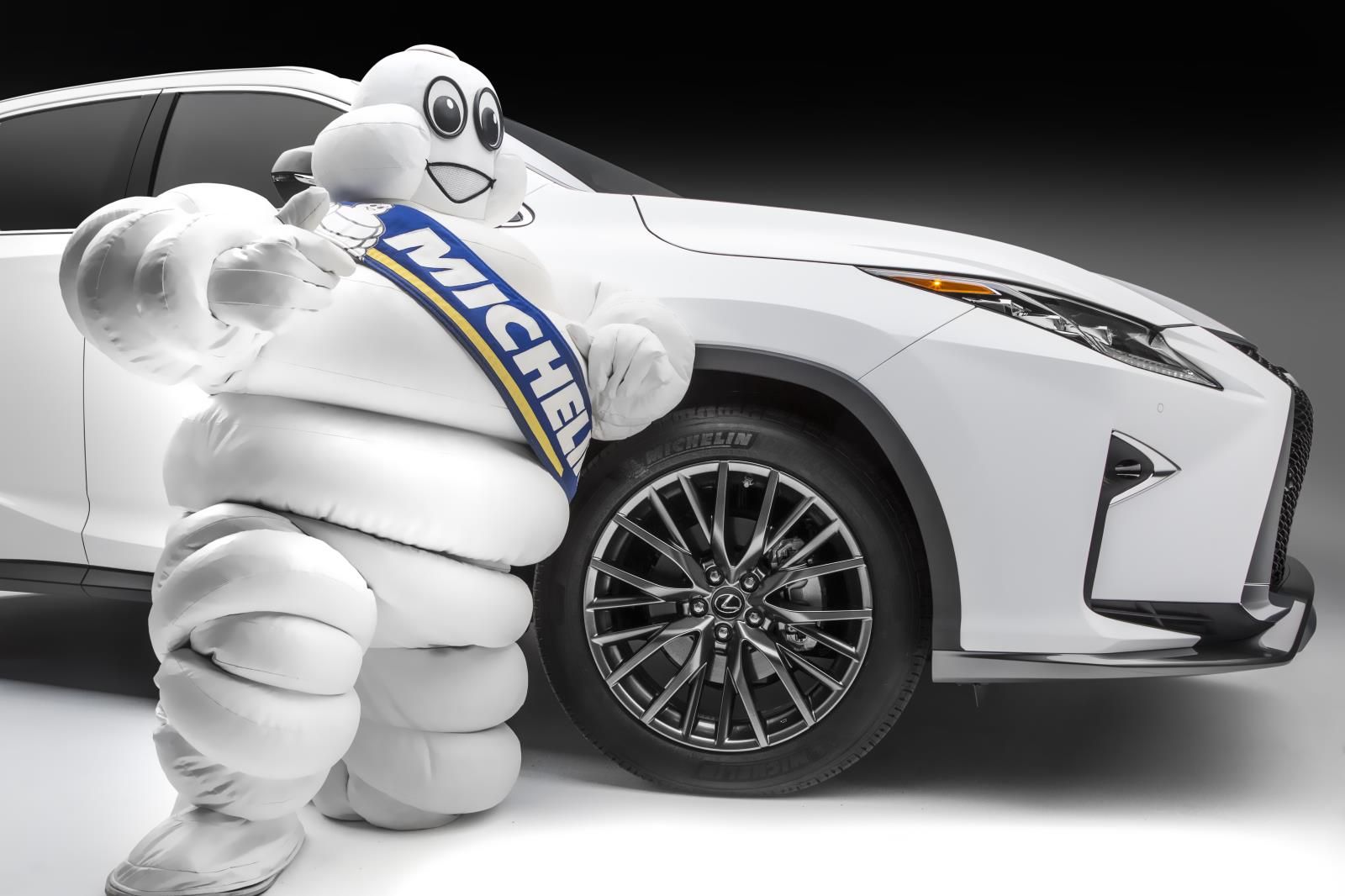Anand Jagota, professor and founding chair of Lehigh University’s bioengineering department, has arrived at a milestone in his 15 years of researching friction and adhesion—one that could lead to innovations in tires, robotics, and biomaterials down the road.
With nearly $2 million in new support from the National Science Foundation over the next five years, Jagota and collaborators from Cornell University and tire manufacturer Michelin North America seek to develop two novel mechanisms to improve friction of soft materials based on bio-inspired design of near-surface structures.
“These are two difficult and new approaches to controlling friction of soft material surfaces and interfaces that have come to light through our previous work,” says Jagota. “This is our fifth and largest grant in this line of research—we continue to find fresh and exciting ideas to investigate.”
In January, the team’s first paper on research partially funded by the new grant was accepted for publication in the journal Soft Matter.
Increasing our understanding of friction, Jagota explains, could have wide-ranging implications for society: creating tires that make our cars safer and prevent crashes, improving robots’ ability to grasp and perform intricate tasks, or even just building a better-performing table tennis racket.
The funding comes as a Leading Engineering for America’s Prosperity, Health, and Infrastructure (LEAP HI) Grant Opportunity for Academic Liaison (GOALI).
The LEAP HI program supports interdisciplinary, multi-investigator proposals tackling complex engineering problems and “challenges the engineering research community to take a leadership role in addressing demanding, urgent, and consequential challenges for advancing America’s prosperity, health and infrastructure.” This is the first LEAP HI grant awarded to a Lehigh researcher since the program’s inception in 2017.
Jagota has previously partnered with Michelin North America through the NSF’s GOALI program, which encourages academic-industry collaborations. Michelin manufactures and sells tires for airplanes, automobiles, earthmovers, farm equipment, heavy-duty trucks, motorcycles, and bicycles. The company operates 19 plants and employs 20,000 people in North America—with more than 1,000 in R&D roles—and also offers a full range of innovative services and solutions that help make mobility safer, more efficient, and more environmentally friendly.
Nationally, tire manufacturing is a $148 billion dollar industry that’s responsible for more than 737,000 jobs, according to the U.S. Tire Manufacturers Association.
“The ability to use surface features to control the friction between surfaces opens many design possibilities; but in order to take advantage of the idea, we need to understand the mechanisms involved and that is what this research will allow us to do,” says Mike Andrews, director of external research for Michelin North America. “We are looking forward to working directly with Dr. Jagota, Dr. [Chung-Yuen] Hui, and the teams at Lehigh and Cornell universities.”
In Lehigh’s wheelhouse
The project is also aligned with Lehigh’s Pasteur PhD Partners (P3) Fellowship, a new student-centric graduate training model that provides doctoral candidates in the P.C. Rossin College of Engineering and Applied Science with long-term, hands-on industry experience and mentorship. P3 is backed by an NSF Innovations in Graduate Education (IGE) award and led by principal investigator and professor of materials science and engineering Himanshu Jain, with Jagota serving as a co-PI.
“With this substantial funding, the manufacturing expertise and resources from Michelin, and our university’s ecosystem of support for industry-oriented grad studies, we’ll be able to give students a solid understanding of how industry-driven research works,” says Jagota.
Jagota, who is affiliated with Lehigh’s Institute for Functional Materials and Devices (I-FMD), will continue his long-standing collaboration with Cornell engineering professor Chung-Yuen Hui. The team also includes Lehigh alum Constantine Khripin ’08 PhD, a materials performance researcher at Michelin who did his dissertation work in Jagota’s lab.
“As a PhD student I was on the academic side of research, discovering new phenomena and attaining an in-depth understanding of mechanisms involved,” says Khripin. “Now that I am on the industry side, there’s more to the equation. I have to be part salesman and part diplomat, pitching the academic results to a broad organization for funding; part engineer, identifying applications where the project might bring value; part paralegal, working on the IP strategy; part contract negotiator…It’s exciting to be involved with connecting research to product innovation, but there are certainly a lot of moving pieces.”
One of Jagota’s current PhD students who works on the lab’s existing GOALI project with Michelin, Nichole Moyle, says participating in an industry-academic partnership has given her insight into the commercial applications of her research.
“You get an idea of how easy or challenging it would be to apply an idea from the lab on an industrial scale,” explains Moyle, who is investigating ways to increase the sliding friction of lubricated soft materials by using structures to store and then unstably release energy.
“Many of the structures we work in our lab with are on the micron scale,” she continues, “but for my project, we also look at structures on the millimeter scale, because those would be easier to manufacture. We also meet with our industry partners multiple times a year, so there are many opportunities to practice presenting and discussing our work.”
Scaling up on multiple levels
Jagota, who is also a professor of chemical and biomolecular engineering, explains that the new LEAP-HI GOALI project has origins in earlier work in biomimicry—investigating the biological adhesion mechanisms in geckos, lizards, and frogs—but has evolved to a collaboration with industry focused primarily on friction.
“In making these biomimetic surface structures, employing fibrils or complementary shapes, we’ve been able to create very high sliding friction, which could be used to improve the braking performance of tires,” he says. “We’ve discovered several techniques that can turn friction up or down. Now we’re taking a deeper dive into these mechanisms, some of which are meso-scale versions of molecular level phenomena that underlie the fundamental question of how friction arises between surfaces in the first place.”
This project, he says, will investigate two mechanisms based on previous discoveries.
Meso-scale dislocation arrays are interfaces with a periodic array of features that accommodate misorientation by generating meso-scale interfacial dislocations, which can be used to control friction. Employing these arrays in the manufacture of tires and other products comprised of layers of soft materials like rubber, could improve product quality, cut down on waste, and open up experimentation with new materials.
A new form of elastic hysteresis, which is discussed in the Soft Matter article, is based on periodic near-surface patterning of elastic modulus which can be used to set up additional hysteresis to yield significant friction enhancement. The mechanism could enhance friction of tires, especially in wet conditions, and contribute to a reduction in the risk of vehicle collisions and related fatalities.
The experiments Jagota’s team will perform and the data they will analyze will expand engineers’ understanding of friction while generating ideas and methods that could influence Michelin’s tire design and production in the future.
“Tire manufacturing is a very mature field, so there’s a very different dynamic when it comes to implementing innovation,” he continues. “You have to be very, very careful before making changes because of the safety aspect, so there is a deliberate process for applying new ideas. It’s certainly a challenge, but we take that as a positive.”
—Katie Kackenmeister is assistant director of communications for the P.C. Rossin College of Engineering and Applied Science
About Anand Jagota
Anand Jagota is professor and founding chair of the bioengineering program at Lehigh. His research interests are in biomaterials, biomechanics, and nanobiotechnology. His group works on properties, processing, and modeling of DNA interactions with nanomaterials, specifically on its hybrids with carbon nanotubes. He also has interests in nanomechanics, biomechanics, adhesion and friction. In another active project, his group works on biomimetic fibrillar interfaces with enhanced adhesion, friction, and compliance achieved by design of near-surface architecture. Currently, Jagota’s lab is engaged in research projects in solution-based processing of carbon nanotubes, the biomimetics of fibrillar adhesion, and adhesion and mechanical properties.
Jagota has authored more than 150 refereed journal articles. He maintains strong collaborations with academic colleagues and participates closely in developing the PhD dissertations of many students. He constantly seeks novel approaches to education and exposition, particularly when it comes to presentation of principles and content.


